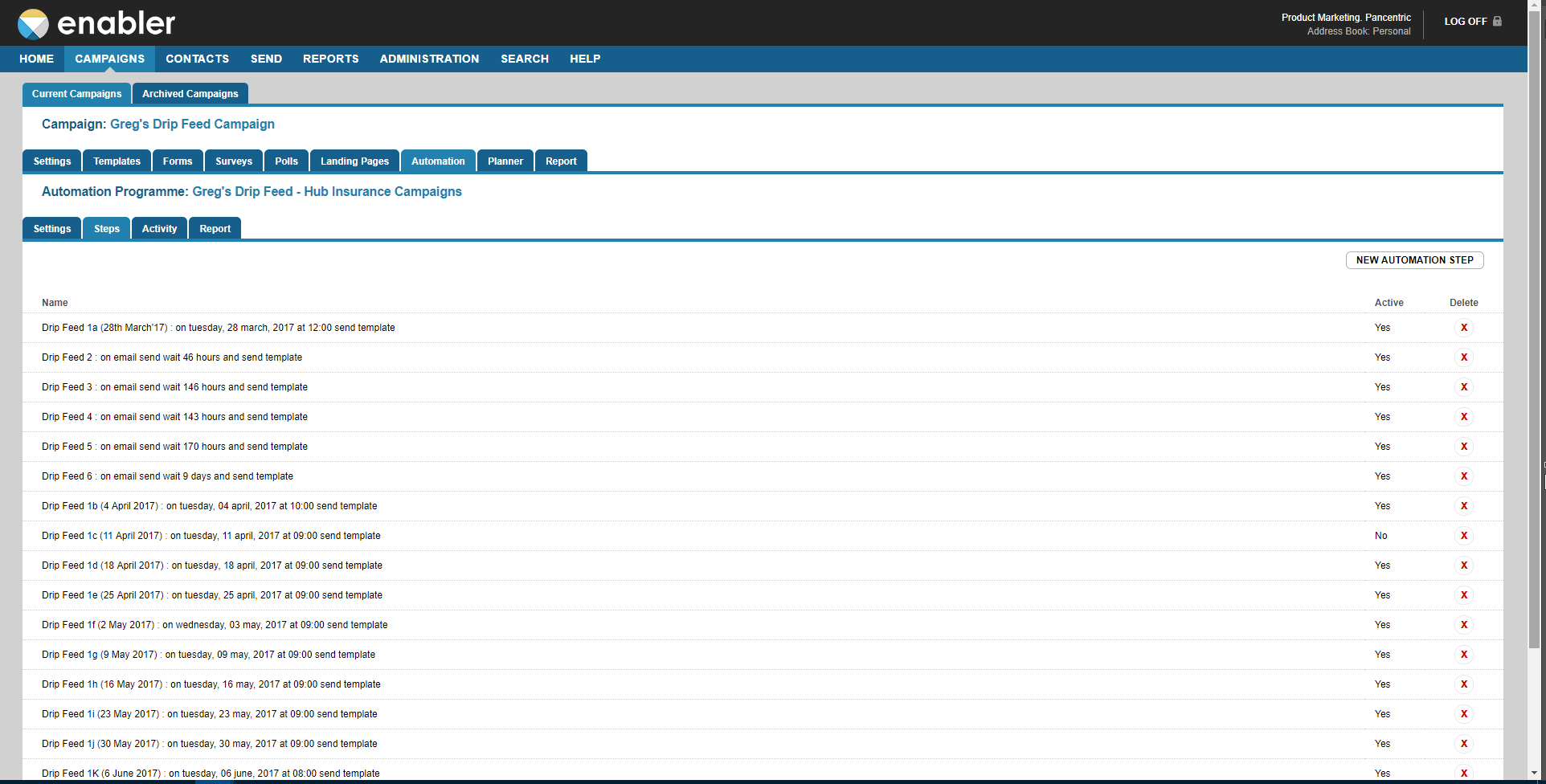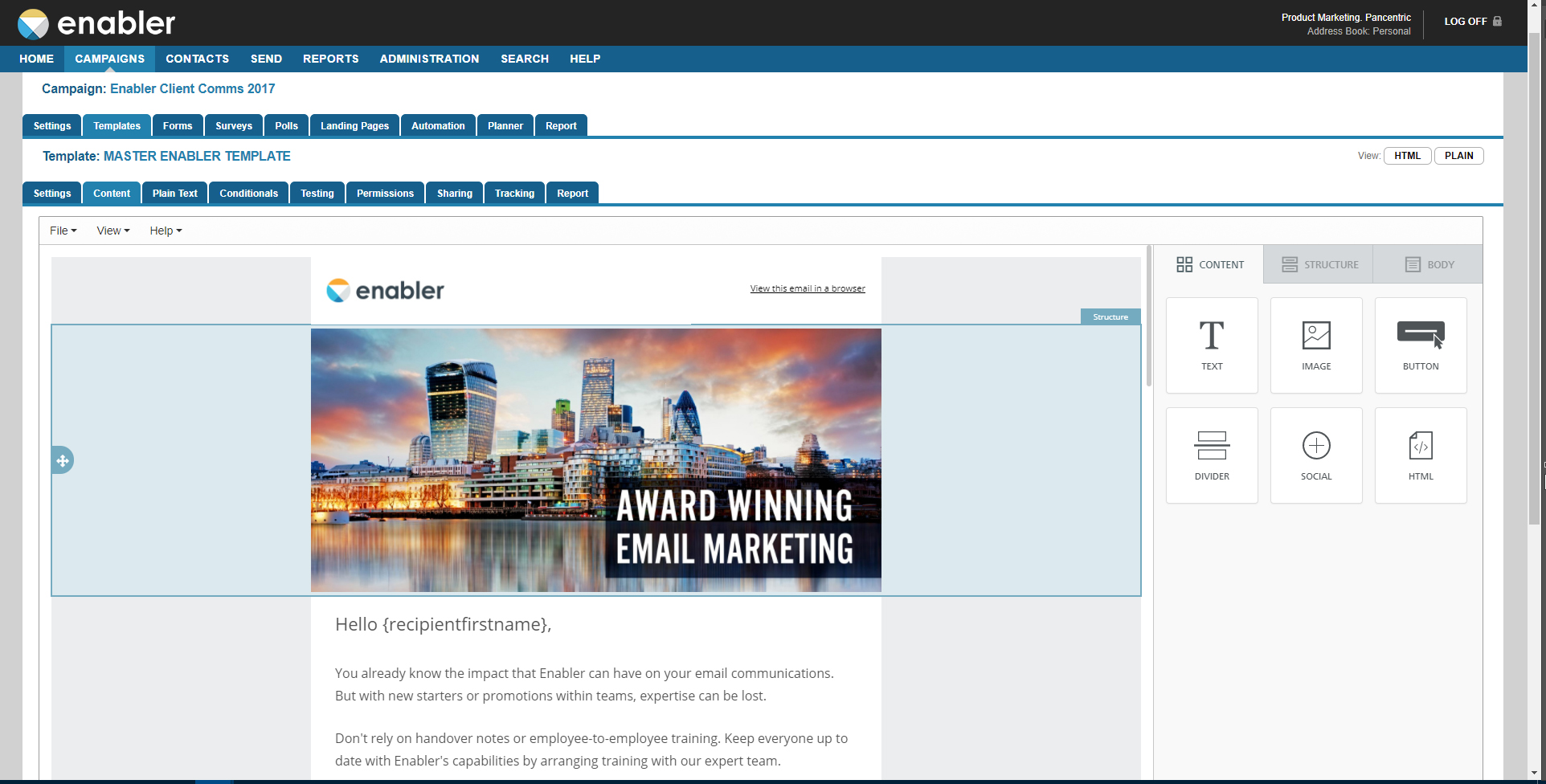Enabler software is a game-changer in today’s tech landscape, revolutionizing how businesses operate and boosting productivity. Dive into the world of enabler software and discover its transformative impact.
Definition of Enabler Software

Enabler software refers to specialized programs or tools designed to facilitate and optimize various processes within a technological environment. These software solutions are specifically developed to enable the smooth integration, operation, and performance of other software applications or systems.
Primary Function of Enabler Software
Enabler software plays a crucial role in enhancing the functionality and efficiency of different tech-related operations. By providing a bridge between multiple software components or systems, enabler software helps streamline workflows, automate tasks, and improve overall productivity. These tools are essential for ensuring seamless communication and collaboration between different software platforms.
- Enabler software helps in the integration of diverse software applications, allowing them to work together harmoniously.
- It simplifies the deployment and management of complex software systems, reducing the time and effort required for maintenance.
- Enabler software enhances the scalability of technology solutions, enabling businesses to adapt to changing requirements and grow effectively.
Examples of Industries Using Enabler Software
Enabler software finds applications across various industries, including:
- Information Technology: Enabler software is widely used in IT companies to connect different systems, databases, and applications for seamless operations.
- Healthcare: In the healthcare sector, enabler software helps integrate electronic health records, medical devices, and other healthcare systems for efficient patient care.
- Finance: Financial institutions utilize enabler software to streamline transactions, manage risk, and comply with regulatory requirements.
Enhancing Productivity and Efficiency
Enabler software significantly contributes to enhancing productivity and efficiency in a tech environment by:
- Automating repetitive tasks and processes, reducing the risk of errors and improving accuracy.
- Enabling real-time data exchange between different systems, ensuring timely decision-making and responsiveness.
- Enhancing collaboration and communication among teams by providing a unified platform for information sharing.
Types of Enabler Software
Enabler software comes in various types, each serving a specific purpose to enhance different aspects of technology and business operations. Let’s explore some of the common categories of enabler software and compare their features.
1. Development Enabler Software
Development enabler software is designed to facilitate the creation and enhancement of software applications. These tools provide developers with resources and functionalities to streamline the development process, improve code quality, and enhance collaboration among team members.
- Example: GitLab – a platform that offers version control, issue tracking, and continuous integration features to support software development projects.
- Features: Code repositories, project management tools, code review capabilities, and automated testing.
2. Security Enabler Software
Security enabler software focuses on protecting digital assets, data, and systems from cyber threats and vulnerabilities. These tools help organizations implement security measures, monitor for suspicious activities, and respond to incidents effectively.
- Example: Norton Security – a comprehensive security suite that includes antivirus, firewall, and identity protection features.
- Features: Malware detection, network security, encryption, and vulnerability scanning.
3. Integration Enabler Software
Integration enabler software enables different systems, applications, and data sources to work together seamlessly. These tools facilitate data exchange, automate workflows, and synchronize processes across multiple platforms.
- Example: Zapier – a platform that allows users to connect various apps and automate tasks without any coding skills.
- Features: Pre-built integrations, customizable workflows, real-time data sync, and multi-platform support.
Benefits of Using Enabler Software
Enabler software offers a wide range of benefits for businesses looking to enhance their operations and drive efficiency. From streamlining processes to optimizing resources, the advantages of incorporating enabler software are significant.
Streamlining Processes and Workflows
Enabler software plays a crucial role in streamlining processes and workflows within an organization. By automating repetitive tasks and providing real-time data insights, enabler software helps in improving overall efficiency and productivity. This allows employees to focus on more strategic tasks, leading to better decision-making and faster execution of projects.
Cost Savings and Resource Optimization
One of the key benefits of using enabler software is the cost savings it brings to the table. By automating manual processes and reducing the margin of error, businesses can save both time and money. Additionally, enabler software helps in optimizing resources by allocating them efficiently based on real-time data and insights. This leads to improved resource utilization and better ROI for the organization.
Enhanced Collaboration and Communication
Enabler software promotes enhanced collaboration and communication among team members by providing a centralized platform for sharing information and updates. This ensures that everyone is on the same page and working towards common goals. Improved communication leads to faster decision-making, increased transparency, and better overall performance of the team.
Scalability and Flexibility
Enabler software offers scalability and flexibility to businesses, allowing them to adapt to changing market dynamics and business requirements. Whether it’s expanding operations or introducing new processes, enabler software can easily accommodate these changes without disrupting existing workflows. This scalability ensures that businesses can grow and evolve seamlessly without any hindrances.
Implementation of Enabler Software

Implementing enabler software into existing systems involves a series of steps to ensure a smooth integration process. It is essential to follow best practices for successful deployment and customize the software to meet specific business needs.
Integrating Enabler Software into Existing Systems
When integrating enabler software into existing systems, it is crucial to follow these steps:
- Conduct a thorough analysis of the current system to identify areas where enabler software can add value.
- Choose the right enabler software solution that aligns with the business goals and requirements.
- Develop a detailed implementation plan that Artikels the timeline, resources, and responsibilities for each stage of the integration process.
- Train employees on how to use the enabler software effectively and provide ongoing support throughout the implementation phase.
- Regularly monitor and evaluate the performance of the enabler software to ensure it is meeting the desired outcomes.
Best Practices for Successful Deployment
To ensure a successful deployment of enabler software, consider the following best practices:
- Engage key stakeholders from the beginning to gain their support and input throughout the implementation process.
- Communicate clearly with employees about the purpose and benefits of the enabler software to encourage adoption and collaboration.
- Set realistic goals and milestones to track progress and make adjustments as needed to stay on track.
- Regularly review and update the implementation plan to address any issues or changes in business requirements.
- Seek feedback from users to identify areas for improvement and ensure the software continues to meet evolving needs.
Customizing Enabler Software for Specific Business Needs
Customizing enabler software to meet specific business needs involves:
- Identifying key requirements and priorities based on the unique challenges and goals of the organization.
- Working closely with the software provider to tailor the solution through configuration options, integrations, or additional features.
- Testing the customized software thoroughly to ensure it functions as intended and delivers the desired outcomes.
- Providing training and support to users to help them leverage the customized features effectively in their daily workflows.
Emerging Trends in Enabler Software
In today’s rapidly evolving technological landscape, enabler software is experiencing several emerging trends that are shaping the future of this field. These trends are driven by advancements in artificial intelligence and machine learning, which are revolutionizing the capabilities of enabler software and opening up new possibilities for businesses and organizations.
Role of Artificial Intelligence and Machine Learning
Artificial intelligence (AI) and machine learning (ML) are playing a crucial role in enhancing the capabilities of enabler software. These technologies enable enabler software to analyze vast amounts of data, identify patterns, and make intelligent decisions in real-time. AI and ML algorithms are being integrated into enabler software to automate tasks, optimize processes, and provide valuable insights for users.
- AI-powered predictive analytics: Enabler software equipped with AI and ML algorithms can predict future trends, customer behavior, and market fluctuations with a high degree of accuracy. This enables businesses to make informed decisions and stay ahead of the competition.
- Personalization and customization: AI and ML technologies allow enabler software to personalize user experiences, tailor recommendations, and customize solutions based on individual preferences and behaviors. This level of personalization enhances user engagement and satisfaction.
- Automation and optimization: Enabler software leveraging AI and ML capabilities can automate repetitive tasks, streamline processes, and optimize workflows. This not only increases efficiency but also reduces human error and frees up time for employees to focus on more strategic tasks.
Future Developments and Potential Applications
Looking ahead, the future of enabler software is expected to witness further advancements in AI and ML technologies, leading to more sophisticated and intelligent solutions. The potential applications of enabler software are vast and diverse, ranging from healthcare and finance to manufacturing and logistics.
With the continued evolution of AI and ML, enabler software will become even more intuitive, adaptive, and responsive to user needs, driving innovation and transformation across industries.
Last Point

Embrace the future with enabler software, a vital tool in optimizing processes, cutting costs, and preparing businesses for what lies ahead. Stay ahead of the curve with the power of enabler software.
FAQ Section: Enabler Software
How does enabler software benefit businesses?
Enabler software enhances efficiency, streamlines processes, and leads to significant cost savings.
Can enabler software be customized for specific business needs?
Yes, enabler software can be tailored to meet the unique requirements of different businesses.
What are some common industries that use enabler software?
Industries such as healthcare, finance, and manufacturing often leverage enabler software for enhanced operations.
